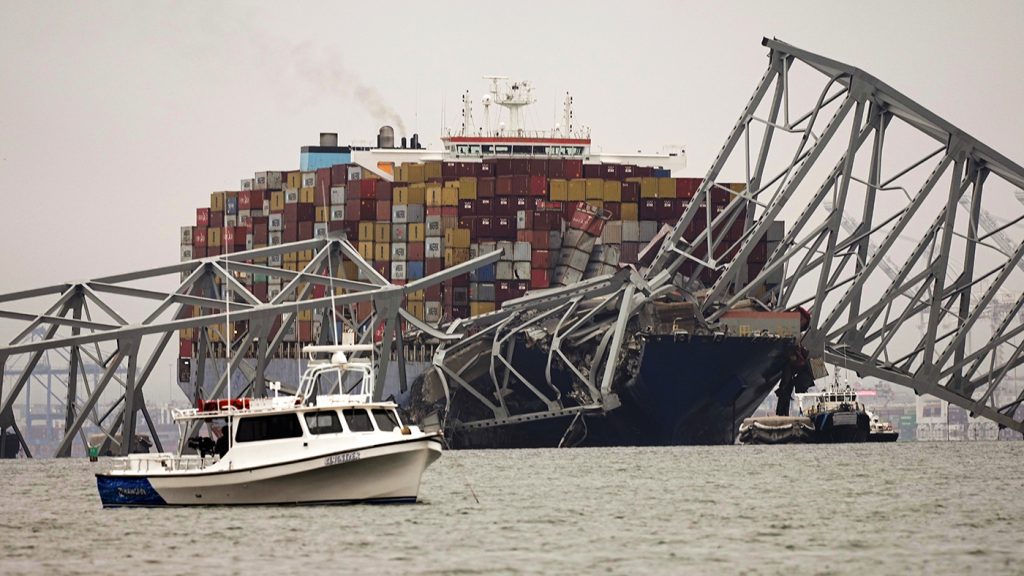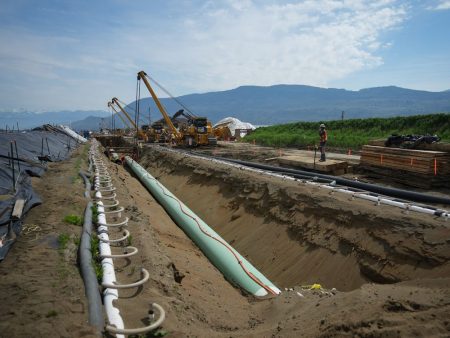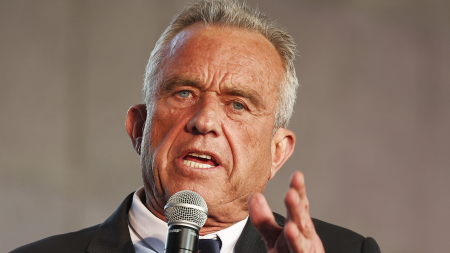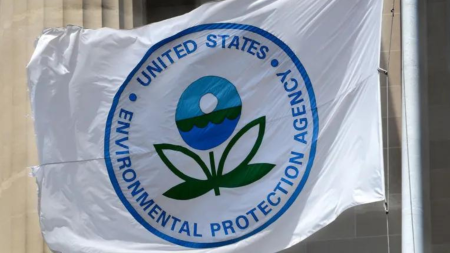The shutdown of the Port of Baltimore, caused by the collapse of the Francis Scott Key Bridge, could have significant effects. There could be important consequences for coal exports due to the closure of the Port of Baltimore.According to the U.S. Energy Information Administration (EIA), the collapse of the Francis Scott Key Bridge and the resultant closure of the port could significantly impact coal exports.
The Port of Baltimore had to temporarily close after the Francis Scott Key Bridge collapsed into the Patapsco River on Tuesday as a result of a container ship hitting it. According to the EIA, the Port of Baltimore is the second-largest export center for coal in the U.S., making up 28% of exports. It experienced a surge in volume last year due to increased demand from Asia, reaching 28 million short tons compared to 20 million in 2021 and 2022.
Baltimore, with its two main full-service terminals, is an important stop due to its proximity to the Appalachian coal fields. The only place in the U.S. exporting more American coal is Norfolk, Va., which is about 250 miles away.
Despite this, the EIA had not predicted similar export growth from Baltimore this year, projecting only about 1% growth even before the collapse.
The majority of coal exports from the port are steam coal, mainly used for generating electricity. The port's steam coal exports also saw a significant increase last year, rising to 19 million short tons from 12 million over the previous four years.
Most of the steam coal leaving Baltimore is headed for India, where about 35 million metric tons of coal are needed for the brick industry, according to research published in Nature. Last year, 28% of metallurgical coal went to Japan, with China and South Korea in second and third place. Additionally, the port plays a major role in exports to Europe, especially those passing through Dutch ports. The timeline for the port reopening following the collapse is mostly in the hands of the U.S. Coast Guard, but Sen. Chris Van Hollen (D-Md.) stated at a press conference on Wednesday that reopening shipping lanes in the river will be one of the initial steps.It's still not clear when the port will reopen after the collapse. The timeframe is largely determined by the U.S. Coast Guard, but Sen. Chris Van Hollen (D-Md.) mentioned in a press conference on Wednesday that reopening shipping lanes in the river will be among the initial steps.
The closure of the Port of Baltimore due to the collapse of the Francis Scott Key Bridge could have major implications for coal exports, according to the U.S. Energy Information Administration (EIA). The bridge collapsed into the Patapsco River on Tuesday after it was struck by a container ship, leading to a temporary shutdown of the port.









